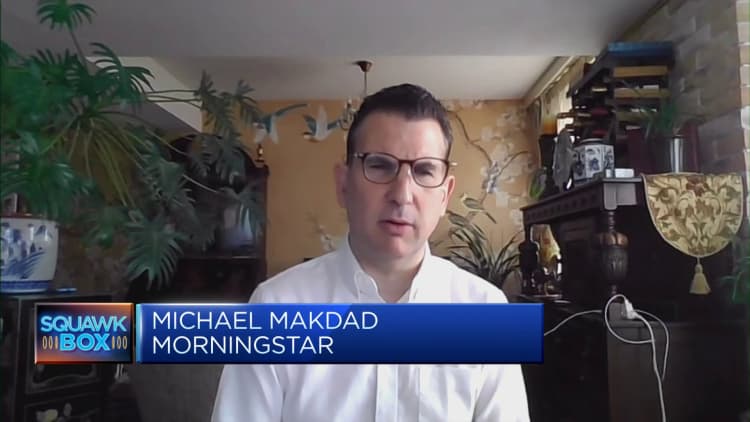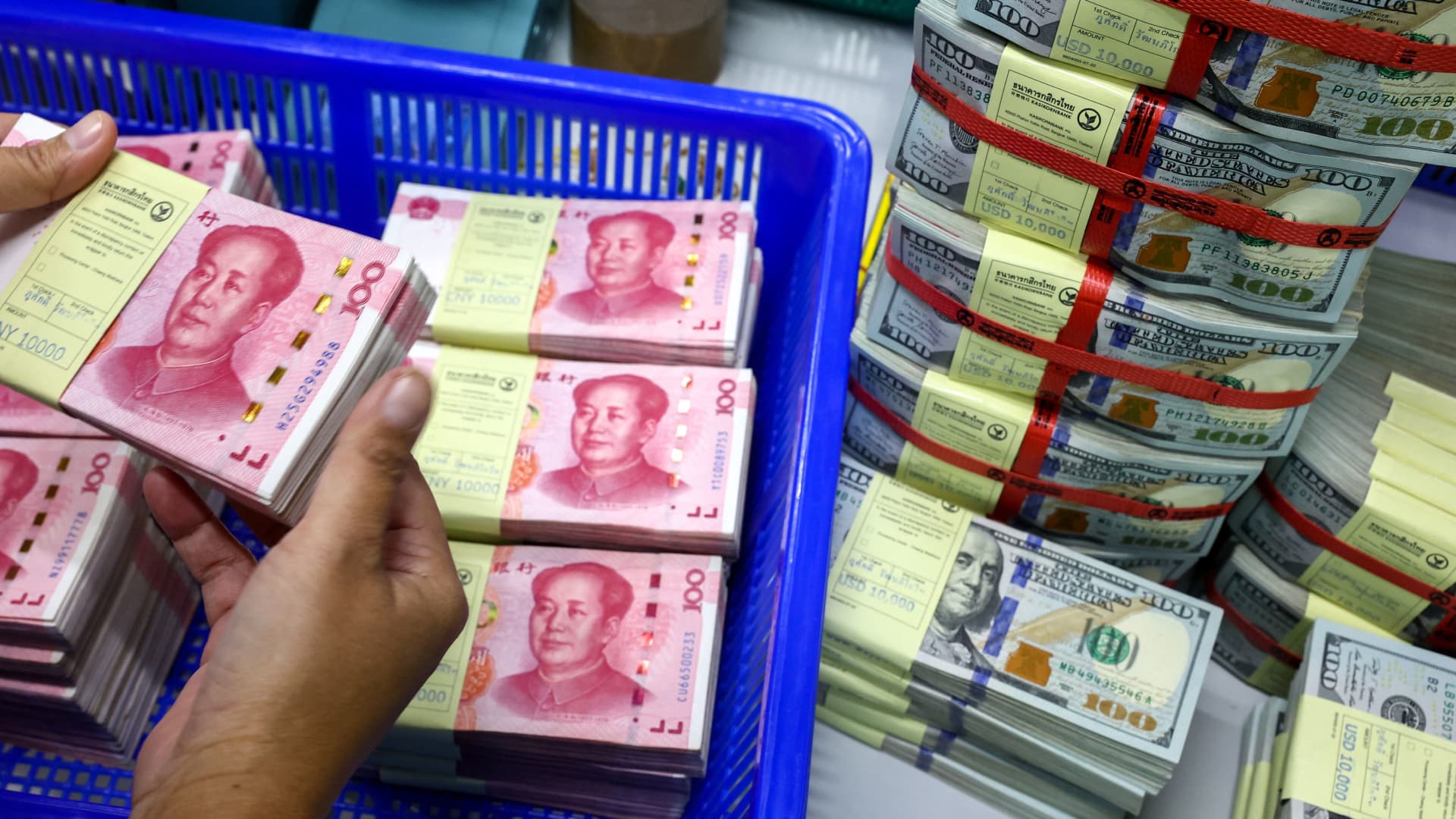Rows of new Tesla cars are seen in a waiting area near a customer collection point on April 15, 2024 in London, England.
Leon Neal | Getty Images
The rising cost of car insurance was one of the main drivers of inflation last year, but Bank of America says it could soon ease.
The bank’s economists see several driving factors behind the rise in costs that will ease in the coming months, potentially easing some of the tension in a category that has pushed the Federal Reserve to continue its fight against inflation.
“The rapid increases in motor vehicle insurance premiums are a response to underwriting losses in the industry. Insurers posted losses,” BofA economist Stephen Juneau said in a note. However, he added: “There are signs that many insurers are returning to profitability.”
The damage to insurers that was passed on to consumers was primarily due to three causes: higher vehicle prices, higher repair costs and “more accidents as driving habits returned to normal,” Juneau said.
There is some good news on this front.
Sales prices for new and used vehicles have trended downward in recent months, falling 0.4% and 6.9%, respectively, on a 12-month basis, according to Bureau of Labor Statistics data through April. The cost of repair and maintenance services also remained unchanged in April, but still rose 7.6% year-on-year.
However, car insurance costs continued to rise.
The category rose 1.8% on a monthly basis in April, up 22.6% from a year earlier, the largest annual increase since 1979, according to Bank of America.
In the CPI calculation, vehicle insurance has a weighting of almost 3%, so it is an essential component.
Recent trends probably don’t mean “your premium will go down, but we think the rate of increase should slow,” Juneau said.
That’s the general story of inflation: Prices are not falling, but the rate of increase is well below the pace of mid-2022, when inflation reached its highest level in more than 40 years. Headline CPI inflation was 3.4% per year in April.
There is more good news when it comes to Fed policy.
The central bank’s primary inflation barometer is the Commerce Department’s measure of personal consumption expenditures, not the BLS Consumer Price Index. On a PCE scale, car insurance has a lower weighting, meaning it is less of a driver of inflation.
If BofA’s insurance disinflation forecast holds true, it could at least give the Fed more confidence to start cutting rates later this year. Current market prices point to a first cut in September, with another one possible before the end of the year.
“We believe further improvement in this aggregate is key to the Fed gaining more confidence in the disinflation process and beginning its rate cutting cycle,” Juneau said. “Until then, we expect the Fed to leave interest rates unchanged.”
Don’t miss these exclusives from CNBC PRO
Source link
2024-05-23 16:24:30
www.cnbc.com















